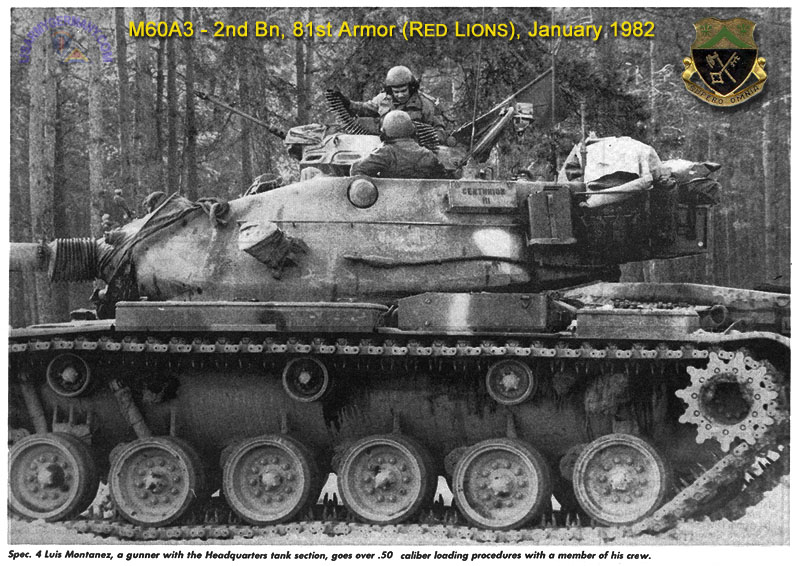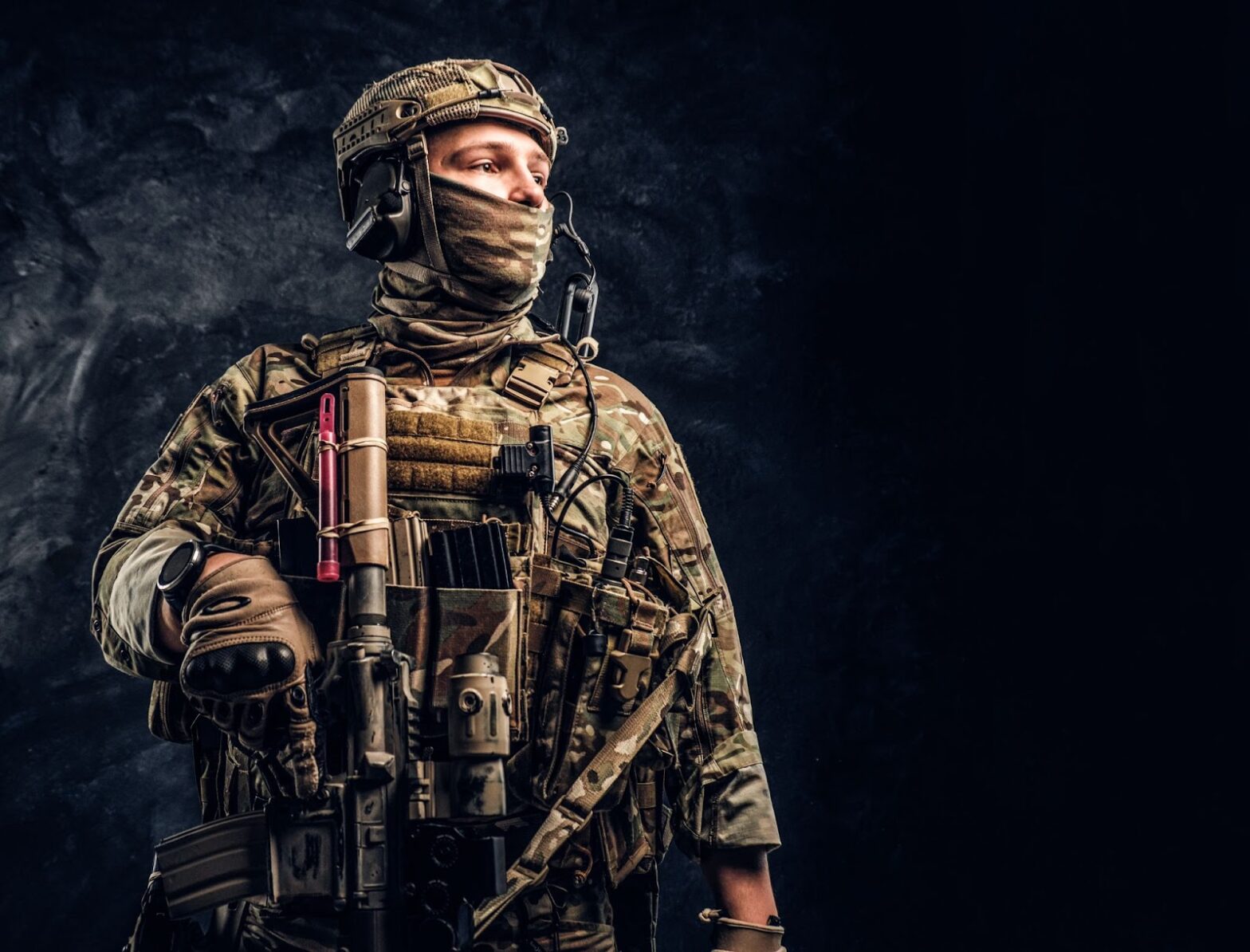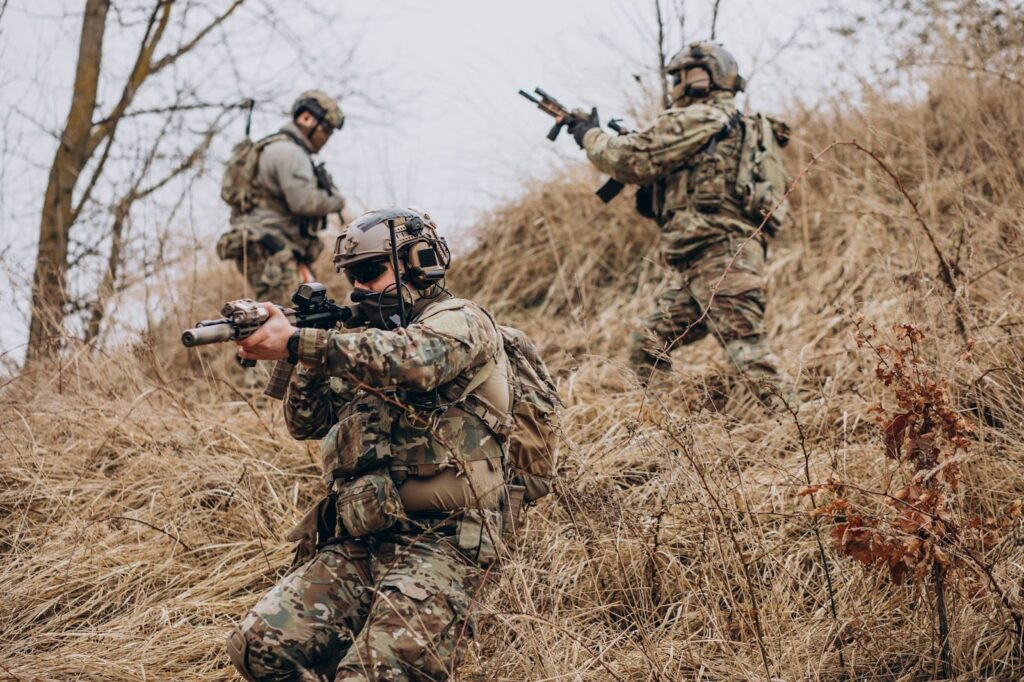Sixteen-year-old E. G. McConnell embarked on a train journey from New York to Fort Knox in 1941, unknowingly stepping into the annals of history. As the train rattled through the hills of Kentucky, McConnell found himself confronting the stark realities of racial segregation that permeated American society at the time.
What is a Training Ground for Change?
Assigned to a car where African Americans were relegated to the front seats while their white counterparts occupied the rear, McConnell’s journey foreshadowed the challenges and triumphs that lay ahead. His destination, Fort Knox, would become the training ground for the 761st Tank Battalion, also known as the “Black Panthers.” Activated in April 1942, this battalion would redefine the role of African Americans in the military and shatter the color barrier in armored warfare.
Was Unity the Key to Success for African-American Tank Battalions Amidst Adversity?
For McConnell and many other young African American men, military service offered an opportunity to prove their worth and patriotism in the face of pervasive racism. Simmons Washington, hailing from Meridian, Mississippi, echoed this sentiment, emphasizing the unity of purpose that transcended racial divides among soldiers.
What is 2 81 Armor Battalion Deploying to Europe?
In Europe, where the 761st and other black tank battalions would ultimately deploy, the harsh realities of war awaited. Crossing the English Channel, they were greeted by the haunting remnants of previous battles, a sobering reminder of the sacrifices demanded by the conflict.
Into the Fray: Did African-American Tank Battalions Redefine Warfare in WWII?
The 761st Tank Battalion entered the fray on November 8, 1944, their tanks rolling into battle-scarred French villages with a sense of purpose and resolve. McConnell vividly recalled his first taste of combat, recounting the harrowing encounter with a gravely wounded German soldier.
Facing Challenges: How Did African-American Tank Battalions Confront Racism and War?
Throughout their campaign, the black tank battalions faced not only the physical dangers of battle but also the pervasive racism that persisted within the ranks of their own military. Matthew Rector, a Fort Knox Historic Preservation Specialist, highlighted the often-overlooked contributions of black combat soldiers during World War II.
How Are African-American Tank Battalions Honored for Their Historic Legacy?
The legacy of these pioneering soldiers endures to this day, commemorated in the naming of Brooks Field at Fort Knox and Crecy Hall at Fort Knox’s 2nd Battalion, 81st Armor Regiment. These tributes serve as a testament to the courage and resilience of the men who defied expectations and broke down barriers in the pursuit of freedom and equality.
Conclusion
As the echoes of war fade into history, the story of the African American tank battalions in World War II stands as a testament to the power of perseverance and the triumph of the human spirit in the face of adversity. Theirs is a legacy of courage, sacrifice, and resilience—a legacy that continues to inspire future generations and remind us of the enduring quest for justice and equality.



